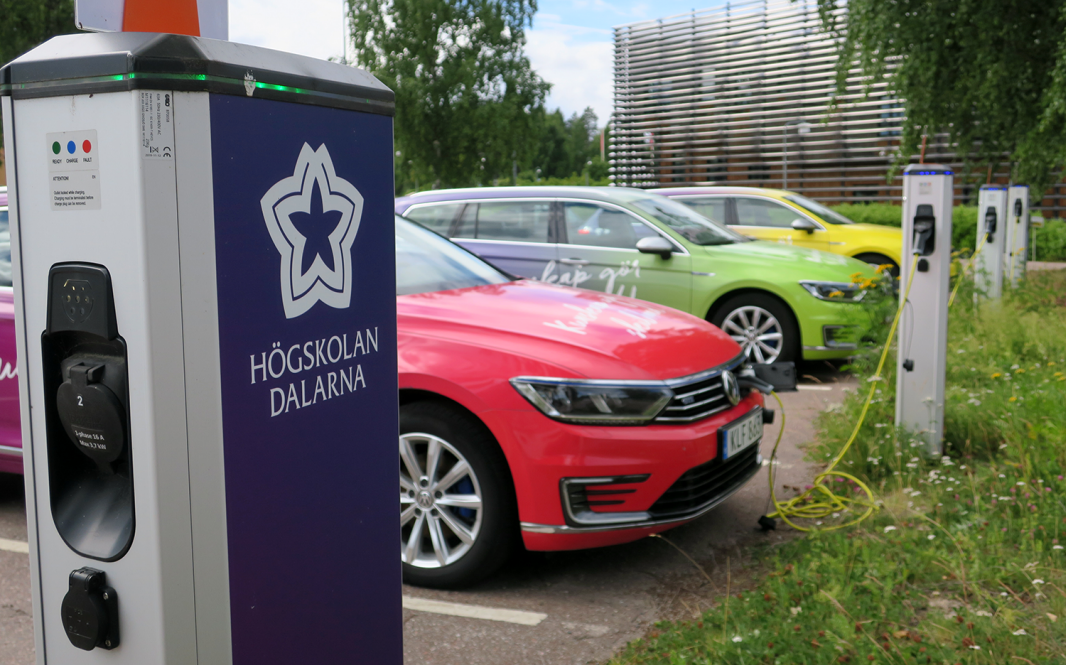
This project addresses the call for a fossil-free society that requires a reduction in the peak demand on the power grid. The increase in photovoltaic (PV) and electric vehicle (EV) penetration puts great stress on the distribution power grids to which buildings are connected. This is because most existing grid infrastructures have not been designed for the charging loads of electric vehicles. Some local grid operators have been forced to impose strict limits on the power flow and even to plan power outages, both of which compromise the safety of the built environment. Improvements to and upgrading of existing electricity grids in the built environment can be costly and put pressure on resources.
– Our work will involve gathering data so that we can gain new knowledge about the resource-efficient and cost-effective integration of photovoltaic and electric vehicles in the built environment without the need for any large-scale upgrades to the existing grid infrastructure, says project leader Pei Huang, Associate Senior Lecturer in Energy and Environment Technology at Dalarna University.
Research will involve tests using simulation. New energy management systems will be developed that will optimise the charging and discharging of electric vehicles and peer-to-peer energy sharing within the built environment. The mobility and charging behaviour of electric vehicles will be studied using real data, while information about real-world electricity demands will be used in case studies.
– We will investigate this new concept to help integrate both photovoltaic and electric vehicles into the built environment. Priority will be on the testing of the Swedish scenario. However, our conclusions will have wide application in communities in various regions, says Pei Huang.
The knowledge acquired in this project will benefit a range of stakeholders, including grid operators, manufacturers of electric vehicle chargers, and owners of electric vehicles. Dalarna University has a long tradition of research in solar photovoltaics and has long (since the 1980s) been home to research in the field of solar energy. The University offers a popular master's programme in solar energy engineering, whose students will now benefit from this new project.
– The research in this project will involve several disciplines – energy technology, data science, geographical informatics, and economics – and will result in several master thesis topics that will allow students to become more specialised in the field. There will also be lectures and seminars that will be open to the general public, says Pei Huang.
About the project
Project Title: Solar power sharing building community, Smart electric vehicle charging, Community-to- Vehicle-to-Community (C2V2C)
Project Leader: Pei Huang, Associate Senior Lecturer at Dalarna University
Researchers: Mengjie Han, Associate Professor of Microdata Analysis, and Xingxing Zhang, Professor of Energy Engineering, Dalarna University.
Financing: SEK 3.75 million from Formas